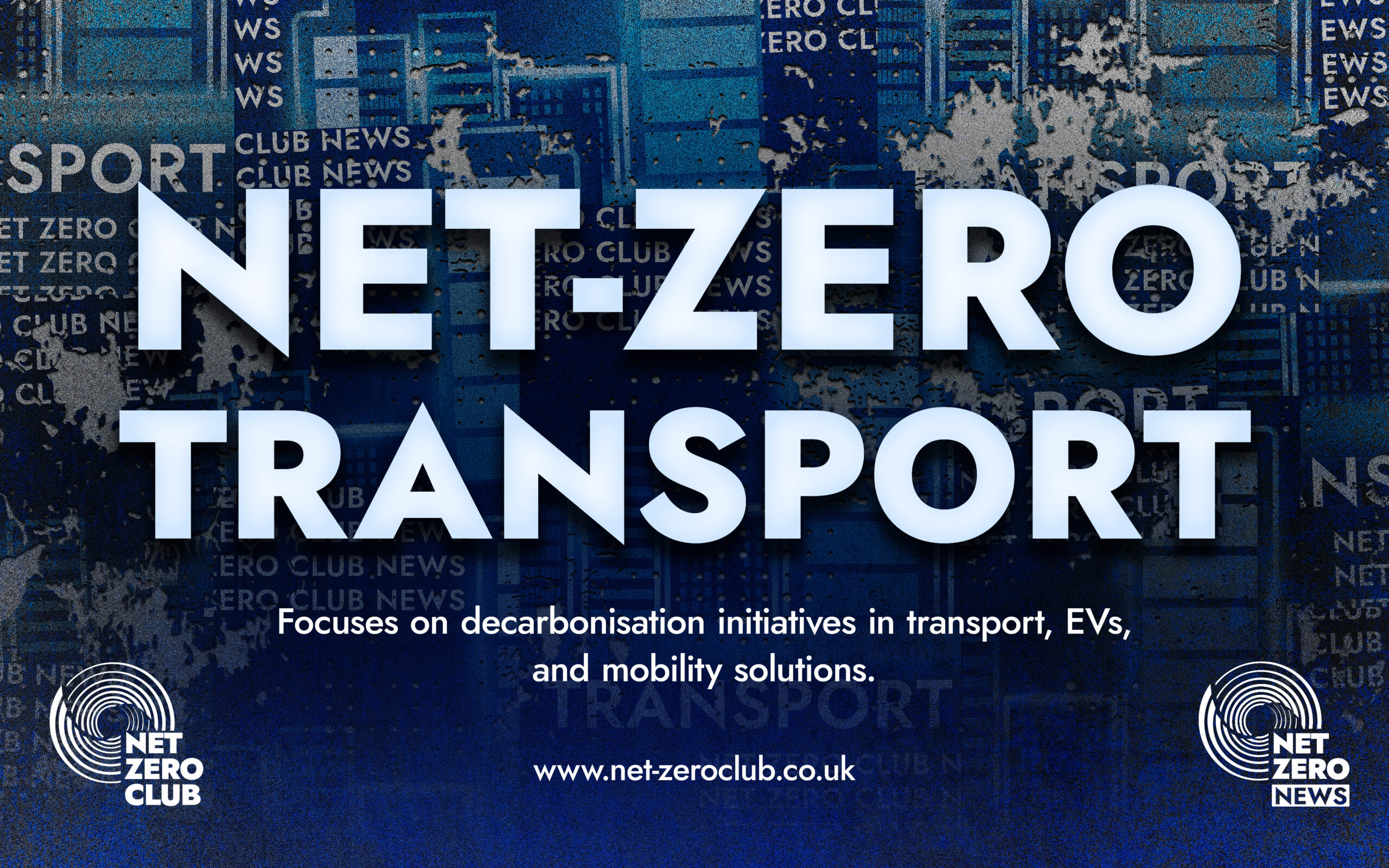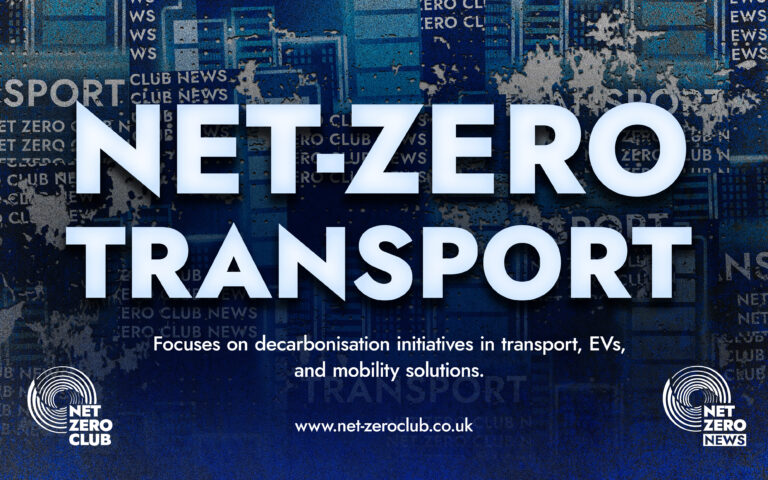Battery Storage: A Key Solution for EV Fleet Connection Issues

Hello, Champions of Net Zero!
As the UK forges ahead in its ambitious transition to electric vehicles (EVs), a new report sheds light on a promising solution for fleet operators looking to overcome one of the most significant barriers to progress: grid connections. The report, titled Solving Grid Connection Challenges with Battery Solutions, published by GridBeyond, highlights how integrating battery storage with on-site renewable energy sources and full-site optimisation can future-proof EV infrastructure for fleets.
The necessity of this innovation becomes glaringly evident when we consider the current state of the UK’s electric vehicle landscape. Fleet operators are grappling with limited network capacity and exorbitant costs associated with infrastructure upgrades, which hinder the deployment of electric charging options. This issue is particularly pressing for commercial fleet operators, who are responsible for a substantial portion of road transport emissions. According to the Society of Motor Manufacturers and Traders (SMMT), the existing grid processes mean that operators of trucks and vans might face waiting times of up to 15 years for depot charging connections. Such delays pose a serious challenge to the UK’s goal of reducing emissions and accelerating the adoption of electric vehicles.
However, the integration of a battery-backed charging infrastructure presents a viable path forward. By incorporating battery storage solutions, EV fleet managers can markedly decrease their dependency on the grid. This shift not only unlocks cost efficiencies but also propels the decarbonisation agenda forward. The report illustrates that by integrating battery storage with on-site renewables, fleet operators can optimise their charging practices, shifting energy consumption to off-peak periods. This strategy helps to circumvent the high costs associated with grid reinforcement and avoids charging during peak price periods.
For fleet owners and operators, the implications of integrating EVs into their operations extend beyond mere environmental and operational benefits; they also present substantial financial opportunities. A key aspect of this strategy involves the installation of energy storage systems and participation in demand response programmes. Such initiatives enable EV fleet owners to earn incentives from grid operators by reducing electricity usage during peak demand times or by supplying power back to the grid from their EV batteries. This dual approach not only helps in significantly lowering energy costs but also opens up new revenue streams. By strategically timing their charging sessions to coincide with periods of lower electricity prices, fleet operators can enhance their profitability, ultimately reducing the total cost of ownership for their fleets.
Michael Phelan, CEO of GridBeyond, emphasises the urgency of addressing grid infrastructure constraints, stating, “Grid infrastructure constraints are now one of the biggest barriers to EV fleet rollouts in the UK. Battery solutions, combined with smart charging and flexibility services, can not only solve these challenges but also deliver long-term operational and financial benefits.” His insights echo the growing consensus that innovative energy solutions are paramount for ensuring the successful rollout of EV fleets.
As we navigate this transformative period in transportation, the integration of battery storage and renewable energy not only aligns with the UK’s carbon reduction targets but also sets the stage for a sustainable and economically viable future for fleet operators. The potential financial benefits, coupled with a commitment to reducing emissions, underscore the importance of embracing these technologies.
For more in-depth insights, you can access GridBeyond’s white paper here.
Let’s continue to champion the transition to net zero, embracing innovative solutions that pave the way for sustainable transport. Together, we can overcome the challenges presented by grid infrastructure and unlock the full potential of electric vehicle fleets.

 Got net-zero news, project updates, or product launches to share?
Got net-zero news, project updates, or product launches to share? 